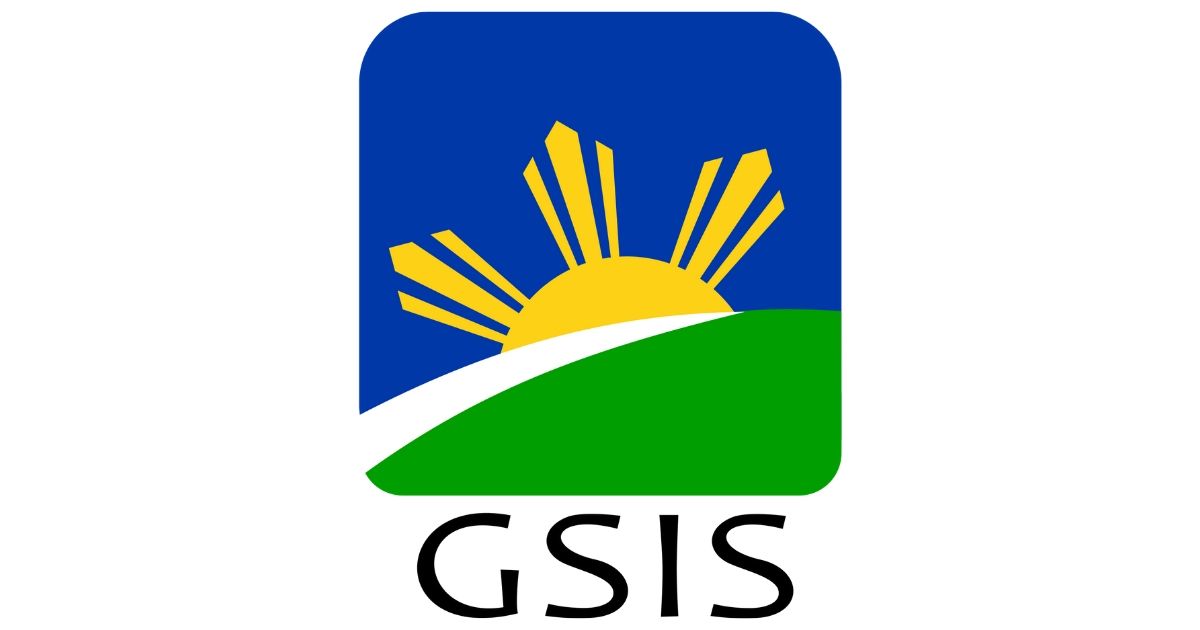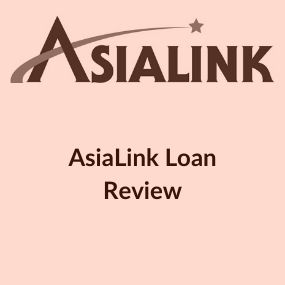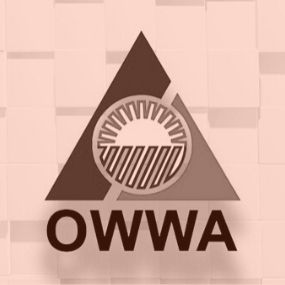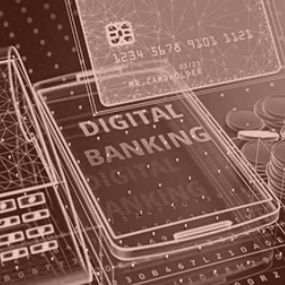
Personal Loan from GSIS. The Ultimate Guide on Getting

It’s a common misunderstanding that personal loans are available at banks only. In the Philippines, there are other agencies that provide financial support. Particularly, Filipino citizens can apply for a government loan. It comes at lower interest rates, with higher amounts, and longer terms. However, they have a few limitations and requirements.
Table of Contents Personal Loan from GSIS
Further, we will cover all the essential questions related to government loans and, especially GSIS offers. Read on to find out how to loan in GSIS, how to clear loans, and what are the requirements for GSIS. Additionally, the guide contains info about the basic requirements and various non-loan services. Enjoy!
Basics of Government Loans
As you may know, there are a few types of lenders. The two categories include: 1) private companies like banks or peer-to-peer groups, and 2) government-owned firms like pension funds or insurance departments. Today, we will focus on the second type exclusively. For more info, you can always refer to the official websites of each firm.
General rules for all government loans are the same. A borrower must be a Filipino citizen at the legal age. Other rules vary across companies. For example, SSS provides services to both employed and unemployed individuals, while GSIS works with the state-employed only.
While the Philippines feature hundreds of private lenders, from large multinational banking corporations to shady street kiosks, there are three famous government bodies:
In this guide, we want to talk about the oldest and the most reputable group focused on loans for government employees only — GSIS.
GSIS Loans for Members
Along with various insurance-related services, the company provides flexible loans. Members can access them if they’re eligible. From the list below, you can select the most suitable loan type for you. Note that some offers are available for active members only, while others are for pensioners. Anyway, you should know how to get GSIS number like eCard or UMID card.
Remember also that the service is offline, mostly. It allows checking records via the online platform, but no more than that. Thus, unfortunately, this article won’t guide you on how to get GSIS ID number online.
General Requirements
To begin with, let’s learn how to apply GSIS loans and look at the main requirements that are common for all types. If you’re a member of GSIS, it should be easy to comply with them. However, check the points carefully. Sometimes, one or two requirements can’t be met so the approval process is extended. If this is the case, you should wait for your money longer.
Here are the loan requirements set by GSIS:
- A member, a pensioner, or a survivorship pensioner;
- At least P15,000 net pay;
- No court case six months before the application;
- No current leave of absence and no paused payments;
- No suspension from the government body.
Find more info about member statuses and GSIS benefits in the last section of the guide. Also, feel free to explore the agency’s site and GSIS login page.
See also: 11 Best Alternatives to a Payday Loan
GSIS Loan Application Process
Regardless of the chosen offer, every borrower should follow a simple way to send a GSIS loan inquiry. It includes the application itself, a few eligibility checks, and delivery of the money. Let’s move through the process to clarify things:
- Find a GWAPS kiosk or apply over-the-counter at any GSIS office. There are 42 GSIS branches and 14 extension agencies with kiosks and assistants, who help members file the loan. Additionally, GWAPS kiosks can be found in capitols, city halls, municipal branches, malls, and supermalls.
- Go through verifications and checks with your agency officer. They should confirm that you’re an active member, are not involved in criminal cases, and have enough monthly income. These verifications are done through the dedicated online module. Thus, it doesn’t take a lot of time to get approval.
- Receive the money to the chosen account. GSIS allows members to get the loans to their eCards or GSIS UMID accounts. If you don’t have any, it’s still possible to get one at the location. Just ask officers how to get GSIS ID and follow the instructions. However, in this case, be ready to wait a bit longer.
If you’re wondering how to withdraw from GSIS UMID card, don’t worry. It’s accepted by a lot of ATMs in the country.
While it should be clear how the process is held, different GSIS loans may feature extra requirements. Now, let’s talk about each form of GSIS loan in more detail.
GSIS Loan Types
Enhanced Conso-Loan Plus
This type is unique, and not provided by other state bodies. The company offers loans for debt consolidation, according to the name. Via this GSIS conso loan, the company allows refinancing other loans, including various forms of assistance related to accidents and urgent needs. How long is the processing of GSIS conso loan? Just like all other loans. What are the conditions?
For members, the lowest total sum is P15,000 with a 12% annual interest rate. The higher amount and terms are provided depending on the GSIS user’s status and experience. For example, the best conditions are for members with 25 years of payments. They can apply for sums equal to a 14-month salary for 10 years. The lowest entry is available for users, who pay for at least 20 months. They can opt for a 3-month salary for 6 years.
Find more about the conso-loan plus at the GSIS online resource.
Enhanced Emergency Loan
This offer is a part of a social mission and is known as a GSIS calamity loan. GSIS provides emergency help for citizens who live in the calamity areas, e.g. ones hit by earthquakes or other disasters. To get the loan, a borrower must live in such a region and have no unpaid loans. Of course, general requirements are applicable, as well.
For first-time borrowers, the total is P20,000. For citizens, who have an active emergency account and are hit by a disaster for the second time, the sum is P40,000. All loans come at a 6% interest rate. The money must be returned within 3 years. Sometimes, GSIS also issues extra loans for specific areas that suffer from severe damage.
Find more about emergency loans.
Pension Loan
This type of financial support is available for aged pensioners, who don’t work and have no extra loans. The exact amount depends on the pension sum and age. Here are three categories of borrowers:
- 60-64 years old. Up to 6-month pension sum but no more than P100,000.
- 65-69 years old. Up to 4-month pension sum but no more than P60,000.
- 70 years old and older. Up to 2-month pension sum but no more than P20,000.
The loans feature a 10% annual interest rate and must be returned within 24 months.
Find more about pension loans.
Pensioners Emergency Loan
This one is a mix of the two previous types. Such offers are available for pensioners, who live or work in the areas hit by calamity or disaster. Similarly to traditional emergency loans, this type requires a borrower to be free from other unpaid loans at the moment of submitting a GSIS form.
The amount is set at P20,000 with a 6% annual interest rate and a 3-year period of repayment. However, according to the official GSIS website, pensioners can get the same conditions as other borrowers. Thus, the amount can be increased to P40,000 in case of another disaster/calamity during the active emergency account.
Find more about pensioners emergency loans.
Policy Loan
This loan can be obtained on the basis of the activated life insurance policy issued by the company. It’s valid for both LEP and ELP packages. Apart from general eligibility criteria, a borrower must be insured for a year, have an active policy, and pay premiums on time. Overall, it’s a viable alternative if you already have the policy.
The exact amounts vary between the insurance types. For LEP, the sum is up to 70% of the policy’s value. For ELP, it’s up to 50% of the cash value. Interests are different, too. LEP offers feature 8% compounded monthly, while ELP comes at 8% compounded annually. The loan can be repaid using monthly transfers or through policy deductions.
Find more about policy loans.
About GSIS
What is GSIS? It was established in 1936. It’s a state-owned and controlled company that provides various benefits to the members. The main field of work is insurance. The GSIS clients can get a life or death insurance policy, as well as social benefits, e.g. related to disability or retirement. Just like in traditional firms, members should pay regular fees to maintain their policies. Sometimes, these fees can be deducted from their salaries.
GSIS Benefits
Let’s also take a quick look at the exact offers provided by GSIS. There are a few broad categories and smaller subtypes:
- Insurance. The most diverse section that includes life and health policies, property insurance, travel packages, bonds, cargo, and so on.
- Retirement. Various pensions that will be available for a retired worker. The exact sums and terms depend on the retirement type.
- Disability. Cash sums or compensations for employees who can’t work because of the injury, disease or other physical and/or mental problems.
- Survivorship. For legal relatives of a deceased member of the organization. They are valid for pensioners’ relatives, too.
- Burial. It covers funeral expenses and is provided to individuals, who handle the burial procedure of a deceased GSIS member/pensioner.
- Loan. The type that we’ve covered in this guide. Loans are convenient as they come with favorable requirements for members.
- Scholarships. Programs for children of the GSIS users with relatively low income. Participants get up to P200,000 per year plus up to P2,000 per month.
- eCard Plus. Acts as an ID doc, ATM card, debit card, and discount certificate for a number of services. It’s also available for abroad members.
So, how to become a GSIS member?
GSIS Members
So, how to become a GSIS member? This state body was created for public employees only, excluding contract employees, police officers, soldiers, and members of the departments covered by separate laws. Outside of these categories, every government worker can become a member and get benefits.
GSIS users are divided into three groups:
- Active members. Current government employees.
- Aged pensioners. The workers who have already retired.
- Survivorship pensioners. The close ones of the deceased active members or pensioners.
Different conditions, rules, and benefits apply to each group. For example, the members of the last category can access offers that were issued to a deceased GSIS user. All the essential info is available in the related sections of the official site: for members and pensioners.
Note that the Philippines also have a separate state department called SSS. It covers insurance and loans for non-government, self-employed, and unemployed citizens. Don’t confuse SSS with GSIS as they focus on different groups.
We hope, now you have a clearer vision of how to apply for GSIS loans, how to get them, and who are eligible for these offers
Summing Up
We hope, now you have a clearer vision of how to apply for GSIS loans, how to get them, and who are eligible for these offers. Overall, the agency provides great financial support to state workers. It offers great benefits to pensioners and residents of calamity areas. The application process is simple and conditions are pretty favorable when compared to private lenders.
Sadly, the agency still doesn’t have its own GSIS app so it’s impossible to use native interface from your mobile phone. But you can use the GSIS hotline service. The operators will help you and answer all questions, e.g. “how to activate GSIS UMID card?”, “how many months to loan in GSIS?” or “how to compute GSIS contributions?”. So, don’t hesitate to contact the support team.









